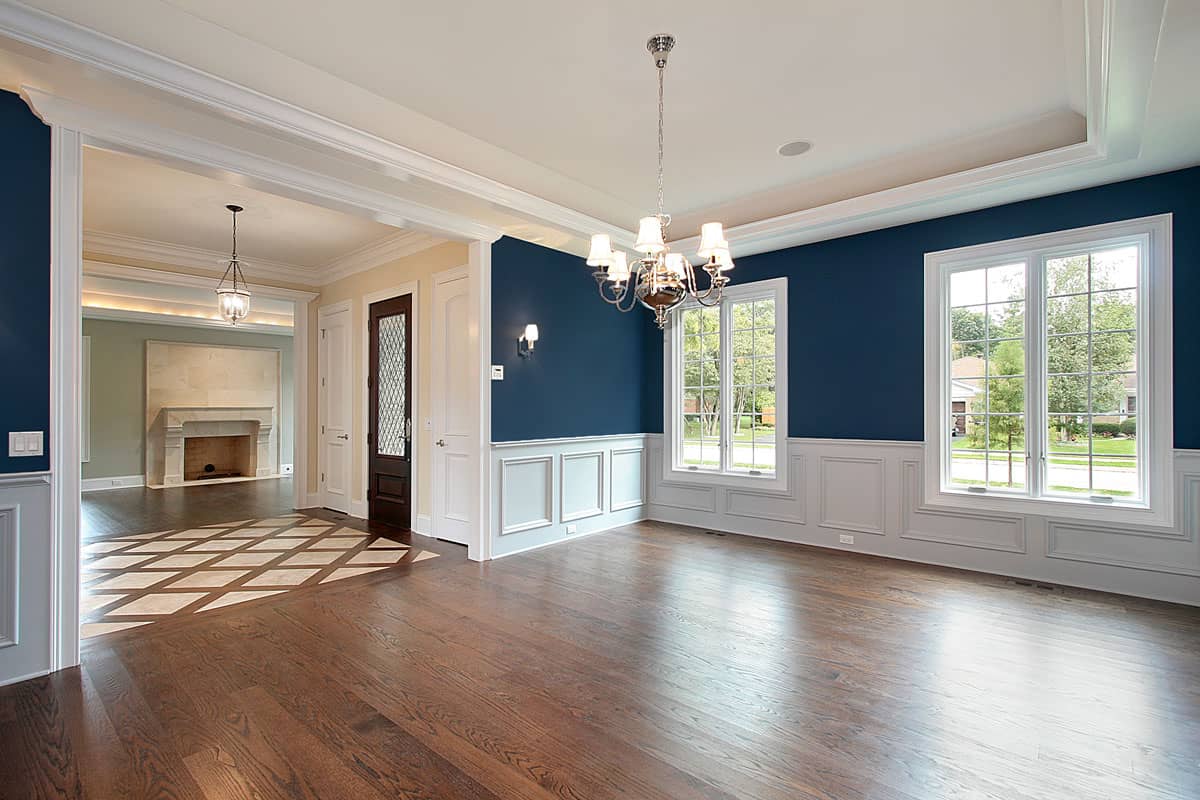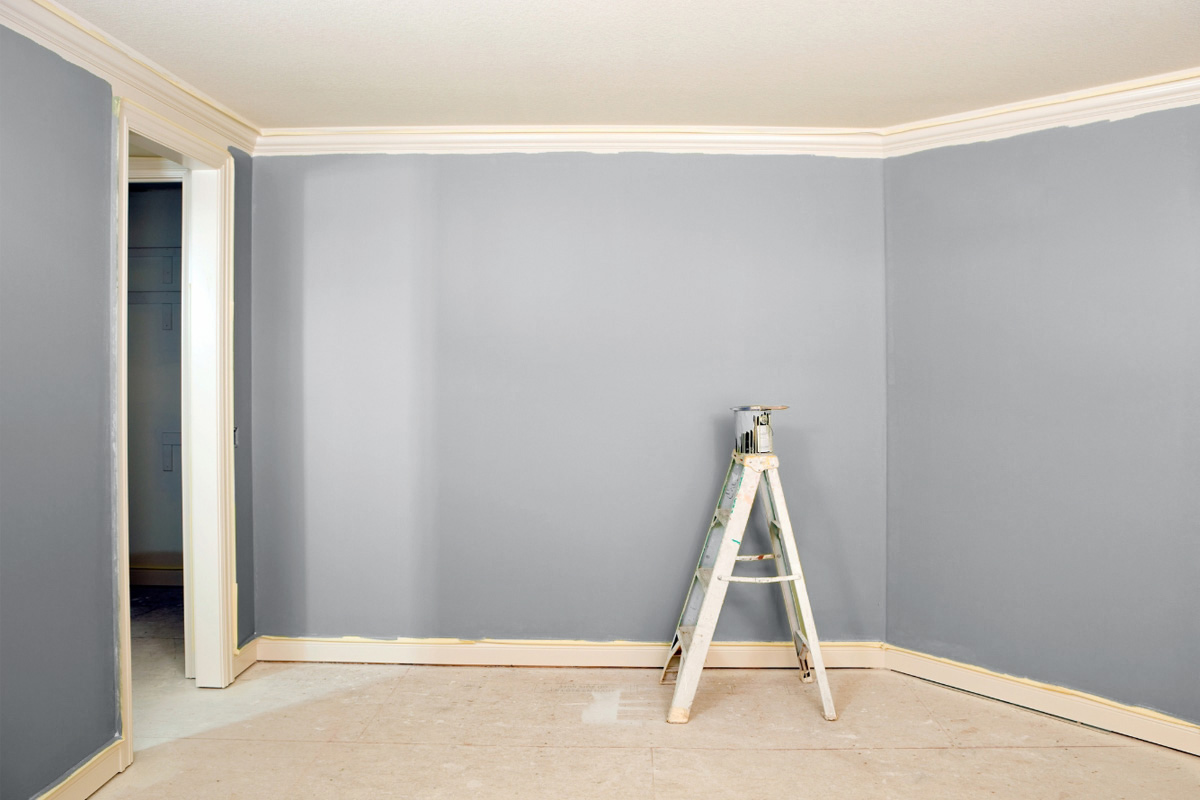Expert Color Consultation in Lakewood for a Stylish and Cohesive Interior Palette
Expert Color Consultation in Lakewood for a Stylish and Cohesive Interior Palette
Blog Article
Enhance Your Interior Design With Comprehensive Color Appointment
The assimilation of shade examination right into indoor design provides a special opportunity to improve and raise the aesthetic and psychological resonance of an area. By involving with a skilled shade expert, you can navigate the complexities of shade option, ensuring that your options not just enhance building attributes however additionally resonate with personal style and psychological impact. This tactical collaboration can dramatically affect the general atmosphere of your setting, cultivating a feeling of harmony and function. Understanding the subtleties of this procedure is important-- what essential aspects should be taken into consideration to accomplish optimal results?
Benefits of Shade Appointment

Additionally, shade consultation help in taking full advantage of all-natural light and maximizing spatial perception. Lighter tones can make an area show up more large, while darker shades produce an intimate setting. Cleveland Metro Painting Specialists. This tactical application of shade can dramatically influence the general setting of any indoor room
Furthermore, professional experts possess a comprehensive understanding of ageless classics and current fads, ensuring that the chosen colors will stay enticing with time. This foresight can save clients from expensive redesigns in the future. Shade consultation empowers clients by offering them with a clear vision and instructions, fostering self-confidence in their style selections and inevitably leading to a more successful and satisfying indoor layout outcome.
Recognizing Color Psychology
The significance of color psychology in interior layout can not be overemphasized, as it looks into the emotional and psychological results that numerous shades can stimulate in individuals. Shades can influence mood, behavior, and even performance, making them a vital factor to consider in any kind of design project.
For example, warm shades such as red, orange, and yellow are typically connected with power and heat. They can promote feelings of enjoyment and convenience, making them suitable for social rooms like living areas or kitchen areas. Alternatively, awesome colors like blue, eco-friendly, and purple often tend to evoke peace and serenity, making them suitable for bed rooms or reflection locations.
Furthermore, making use of neutral tones can develop a well balanced environment by enabling the bolder shades to stand apart without overwhelming the detects. Recognizing these psychological influences enables developers to produce rooms that not just look cosmetically pleasing however also advertise emotional health.
Including color psychology right into interior decoration involves a thoughtful selection of tones tailored to the designated feature of each room, eventually improving the total experience for its occupants. This understanding is essential for accomplishing a practical and harmonious indoor environment.
The Shade Wheel Explained
Recognizing the connections in between shades is important for efficient interior decoration, and the shade wheel acts as an important tool in this procedure. The color wheel, established by Isaac Newton in the 17th century, highlights the range of colors set up in a circular style. It makes up main colors-- red, blue, and yellow-- that can not be produced by mixing other colors. Additional colors, formed by integrating primaries, consist of eco-friendly, orange, and purple. Tertiary shades result Full Article from mixing a primary and an additional shade, leading to hues such as red-orange and blue.
The shade wheel assists developers understand the relationships in between colors, including corresponding, comparable, and triadic schemes. Corresponding shades, located opposite each other on the wheel, develop vivid contrasts that can energize a room.
Utilizing the color wheel in interior design not just enhances aesthetic charm however also stimulates particular feelings and ambiences, making it a critical reference for color assessment. Understanding these partnerships inevitably encourages designers to develop rooms that are both visually captivating and useful.
Selecting the Right Combination
Often, choosing the right combination is a decisive variable in attaining an effective indoor design project. A well-chosen shade system can merge a space, boost its features, and stimulate desired feelings. To begin, take into consideration the function of the area. Different areas serve varied features and call for palettes that show their desired usage; for instance, peaceful colors such as soft blues or greens function well in bed rooms, promoting leisure.
Following, consider the all-natural light offered. Light can dramatically modify exactly how shades appear, so it is important to assess the space at different times of the day. In have a peek at this site addition, take into consideration existing architectural elements and home furnishings. An unified combination should complement these features, creating a natural appearance throughout the space.
When selecting colors, use the 60-30-10 policy, which suggests that 60% of the area should be a leading shade, 30% an additional color, and 10% an accent color. This ratio ensures equilibrium and visual rate of interest (Cleveland Metro Painting Specialists). Sample colors on the wall surfaces before devoting, as this enables you to see just how the colors connect with one another and the overall atmosphere they produce in your interior design project.
Working With a Shade Expert

When dealing with a shade specialist, the process commonly begins with an initial appointment. Throughout this meeting, you'll review your vision, preferences, and the existing elements in your room. The consultant will assess your needs and might suggest particular color combinations that line up with your objectives.
After establishing an instructions, the specialist will certainly supply examples and visual help to assist you envision the recommended color pattern. This step is critical, as colors can appear in different ways under varying illumination problems.
Furthermore, a color consultant can guide you in selecting complementary furnishings, artwork, and devices to integrate with your chosen combination. By collaborating carefully, you can achieve a polished aesthetic that elevates your interiors and develops an inviting atmosphere. Inevitably, the knowledge of a shade specialist can dramatically boost the general influence of your style project.
Final Thought
In summary, detailed shade consultation offers as an important device for boosting indoor layout. By leveraging specialist understanding of color psychology and spatial characteristics, a tailored color palette can be established to evoke particular feelings and produce an unified environment.
By involving with a seasoned color professional, you More about the author can navigate the intricacies of shade selection, guaranteeing that your choices not only complement architectural attributes but also reverberate with personal design and emotional effect. It consists of key shades-- red, blue, and yellow-- that can not be developed by blending other colors.The color wheel aids designers realize the connections in between shades, consisting of corresponding, similar, and triadic systems.When picking colors, make use of the 60-30-10 guideline, which recommends that 60% of the room must be a leading color, 30% a second shade, and 10% an accent shade. By leveraging professional understanding of color psychology and spatial characteristics, a tailored shade palette can be created to evoke certain emotions and produce a harmonious atmosphere.
Report this page